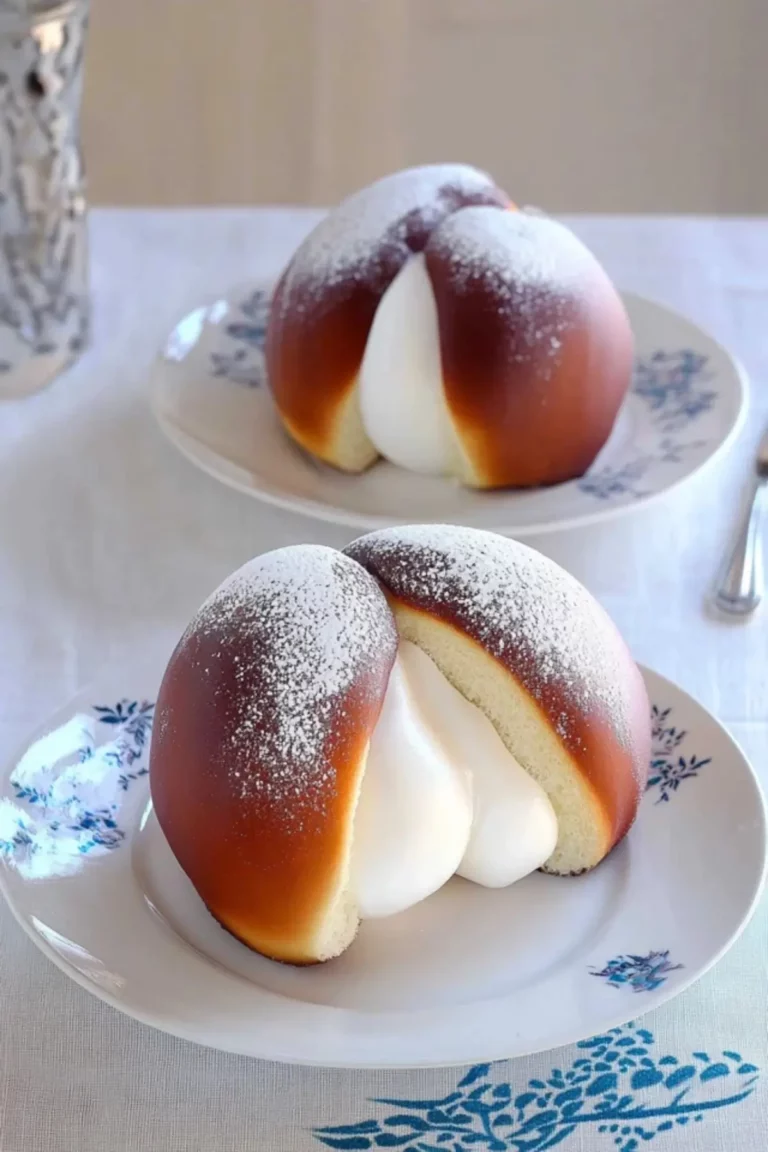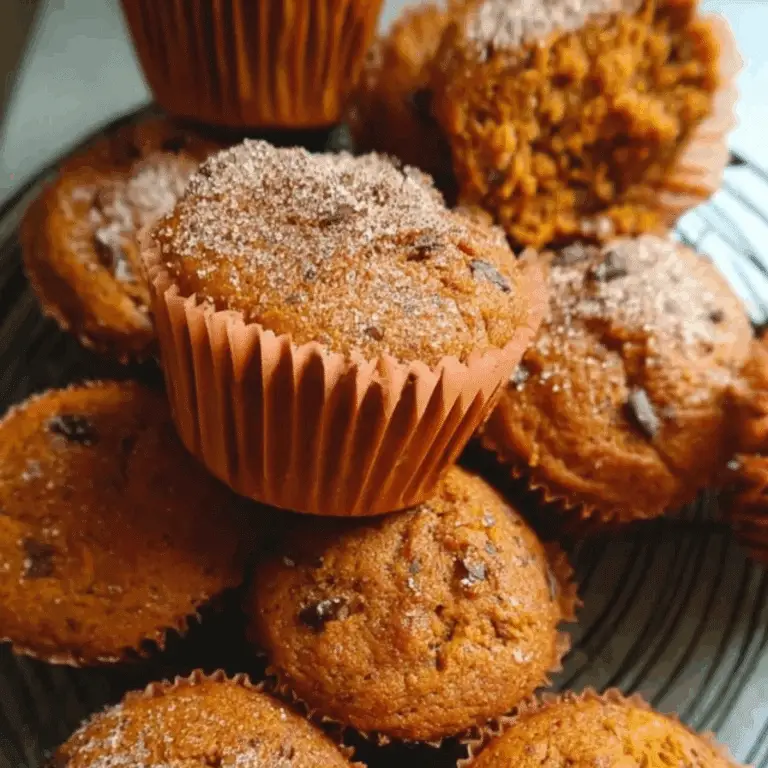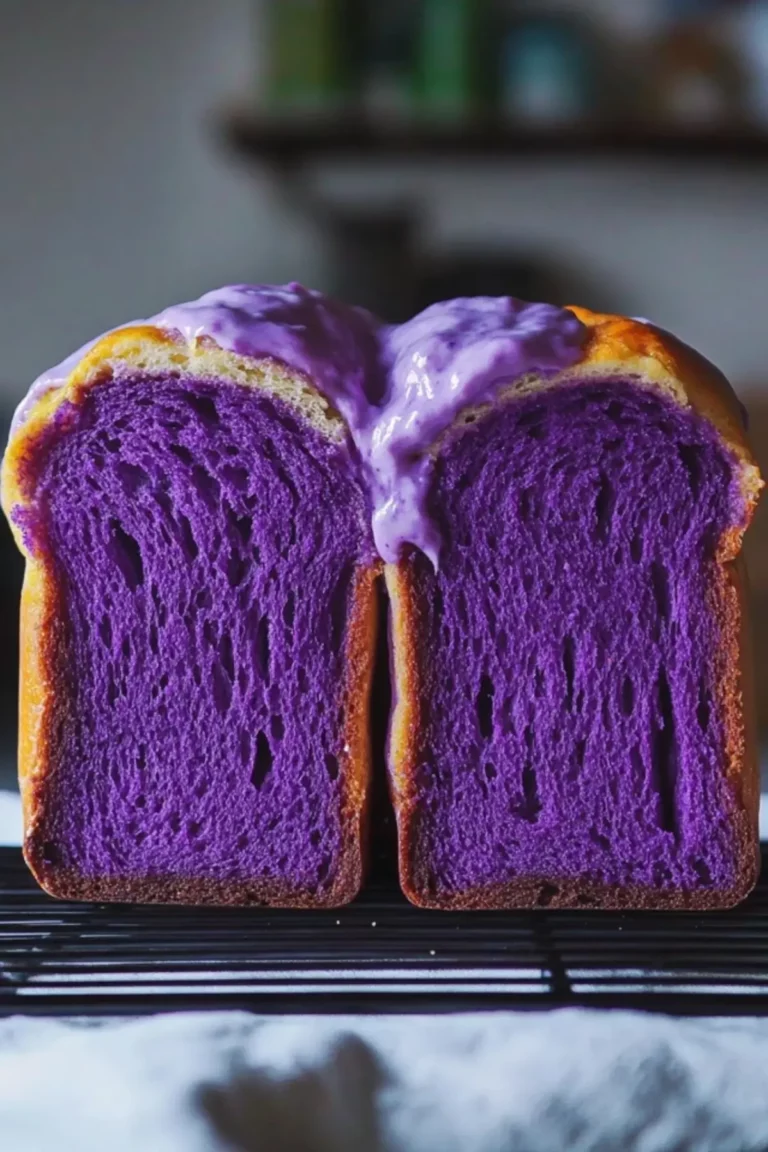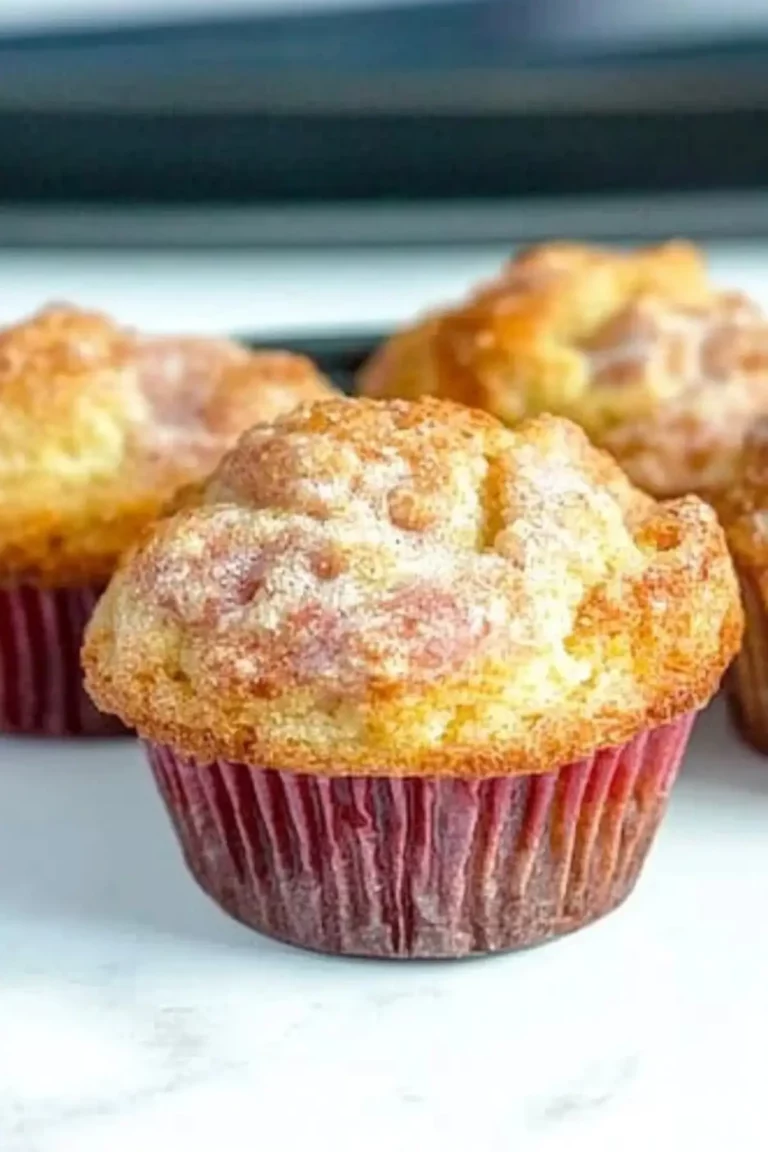There’s something comforting about the smell of freshly baked bread wafting through the kitchen. I remember the first time I made this no-fail French bread—it was on a chilly afternoon, and I needed something hearty to go with a pot of soup. I wasn’t an experienced baker, just someone with a craving and a bit of hope. The result? Golden, pillowy loaves with a crisp crust that rivaled anything from a bakery. This recipe has been my go-to ever since.
This Dianes No Fail French Bread easy sheet pan dinner companion is the perfect starting point for beginner bakers. It’s forgiving, quick for a yeast-based bread (under two hours start to finish), and uses pantry staples. Plus, it’s healthier than store-bought options—no preservatives, just fresh, honest ingredients.

Why This Recipe is Special
This Dianes No Fail French Bread stands out for its reliability. Whether you’re using a stand mixer or mixing by hand, the dough comes together effortlessly. Its chewy interior and golden crust make it ideal for everything from sandwiches to French toast. Even in humid climates or with basic kitchen tools, this bread performs beautifully—making it a fantastic entry point into homemade baking.
Ingredients and Preparation
Flour – The foundation of the bread. A mix of bread flour and all-purpose flour gives the perfect balance of chewiness and softness. You can use all-purpose if that’s what you have on hand.
Yeast – Helps the bread rise and develop that signature airy structure. Instant or active dry yeast works, but be sure to activate properly in warm water.
Warm Water – Crucial for activating the yeast and hydrating the flour. Use water that feels like a warm bath—not hot, or it may kill the yeast.
Sugar – A small amount boosts yeast activity and lends subtle sweetness.
Salt – Enhances flavor and balances the sweetness.
Oil – Olive oil adds moisture and flavor. Canola or vegetable oil are fine substitutes, or even melted butter for richness.
Egg (optional) – Used as a glaze for a shiny crust. Omit it if you prefer a matte finish.
Flexibility: Want a more rustic loaf? Add roasted garlic, herbs, or swap in a tablespoon of honey for sugar. For a lighter bread, stick with all-purpose flour. Want a denser, more structured bite? Use more bread flour.
Step-by-Step Instructions
Step 1
Dissolve the yeast in a small bowl with ½ cup of warm water and let it sit for about 5 minutes until foamy—this confirms your yeast is active.
Step 2
In a large mixing bowl, combine 2 cups warm water, sugar, salt, oil, and 3 cups of the flour. Mix with a wooden spoon or a mixer until mostly smooth.
Step 3
Add the activated yeast mixture to the flour mix, then gradually add the remaining flour one cup at a time. Mix until the dough starts pulling away from the bowl.
Step 4
Let the dough rest in the bowl for 10 minutes. Then stir or punch it down gently. Repeat this “rest and stir” process five times at 10-minute intervals.
Step 5
After the final rest, divide the dough into two equal parts. On a floured surface, shape each piece into a 9×12-inch rectangle, then roll it up tightly like a jelly roll.
Step 6
Place both loaves seam-side down on a greased baking sheet. Use a sharp knife to score the tops 3–4 times. If using, brush lightly with beaten egg.
Step 7
Let the shaped loaves rise in a warm spot for 20–30 minutes, or until noticeably puffy.
Step 8
Bake in a preheated oven at 375°F for 20–25 minutes (or 350–375°F on convection for about 18–20 minutes), until the bread is deep golden brown and sounds hollow when tapped on the bottom.

Beginner Tips and Notes
Sticky Dough? Add a bit more flour if the dough is too wet, but don’t overdo it. Keep your hands floured or lightly oiled to make handling easier.
Humidity Alert: In humid areas, reduce the water by ½ cup to avoid overly sticky dough.
Even Loaves: Weigh your dough before dividing to ensure uniform loaves. This helps them bake evenly.
No Mixer? No problem. Mix with a wooden spoon and knead by hand—it just takes a bit more elbow grease.
Troubleshooting: If the bread is too soft or pale, bake a little longer or increase the temperature slightly. Use a metal baking sheet for a crisper bottom.
Serving Suggestions
This Dianes No Fail French Bread pairs beautifully with soups, pasta dishes, or a classic salad. For a savory touch, brush with garlic butter as soon as it comes out of the oven. For a sweeter twist, use leftover slices to make cinnamon French toast.
Storage: Cool completely, then wrap in foil or store in a zip-top bag at room temperature for up to 3 days. Freeze for longer storage—just slice before freezing for easy toast-on-demand.
Conclusion
Whether it’s your first time working with yeast or you’re just looking for a reliable bread recipe, this Dianes No Fail French Bread is a win. It’s easy, versatile, and oh-so-satisfying. Don’t be afraid to make it your own—try different flours, add-ins, or even shapes. Let us know how your loaf turns out in the comments. Happy baking!
FAQ About Dianes No Fail French Bread
Q1: Can I make this Dianes No Fail French Bread without a stand mixer?
Yes, absolutely. You can mix and knead the dough by hand using a sturdy wooden spoon and your hands. It may take a little more time and effort, but the results are just as delicious.
Q2: What kind of yeast should I use for this recipe?
You can use either instant or active dry yeast. Just make sure to dissolve it in warm water (not hot) and allow it to foam before mixing it into the dough.
Q3: Why is my dough too sticky or hard to handle?
This often happens due to humidity or using too much water. Reduce the liquid slightly in humid climates or add flour gradually until the dough is soft but manageable.
More Relevant Recipes
Print
Dianes No Fail French Bread
- Total Time: 1 hour 50 minutes
- Yield: 2 large loaves (about 12 servings per loaf) 1x
- Diet: Vegetarian
Description
A beginner-friendly, Dianes No Fail French Bread that yields two large loaves with a chewy texture and golden crust using simple pantry ingredients.
Ingredients
- 2 tablespoons dry yeast
- 1/2 cup warm water (for proofing yeast)
- 2 cups warm water
- 3 tablespoons sugar
- 1 tablespoon sea or Kosher salt
- 5 tablespoons olive oil (or canola/vegetable oil)
- 6 cups flour (4 cups bread flour + 1.5 to 2 cups all-purpose flour)
- 1 egg (optional, for egg wash)
Instructions
- Dissolve yeast in 1/2 cup warm water and let it sit until foamy.
- In a large mixing bowl, combine 2 cups warm water, sugar, salt, oil, and 3 cups of the flour. Mix until mostly smooth.
- Add the yeast mixture to the flour mixture. Gradually add the remaining flour, one cup at a time, mixing well.
- Let the dough rest for 10 minutes. Stir or punch down gently. Repeat this process five times every 10 minutes.
- Divide dough in half. Roll each half into a 9×12 rectangle, then roll tightly like a jelly roll.
- Place loaves seam-side down on a greased baking sheet. Score tops and brush with beaten egg if using.
- Let loaves rise in a warm area for 20–30 minutes until puffy.
- Bake at 375°F for 20–25 minutes (or 350–375°F convection for 18–20 minutes) until golden brown and hollow-sounding when tapped.
Notes
- Reduce water by 1/2 cup in humid environments to prevent sticky dough.
- Mixing down the dough every 10 minutes helps gluten develop but can be skipped.
- Olive oil gives the best flavor; substitute with canola or butter if preferred.
- Egg wash creates a shiny crust but is optional.
- Use a convection setting for more even and attractive browning.
- Prep Time: 1 hour
- Cook Time: 20 minutes
- Category: Bread
- Method: Baking
- Cuisine: American
Nutrition
- Serving Size: 1 slice (approx. 1/12 of a loaf)
- Calories: 170
- Sugar: 1g
- Sodium: 250mg
- Fat: 4g
- Saturated Fat: 0.5g
- Unsaturated Fat: 3.5g
- Trans Fat: 0g
- Carbohydrates: 30g
- Fiber: 1g
- Protein: 4g
- Cholesterol: 10mg






